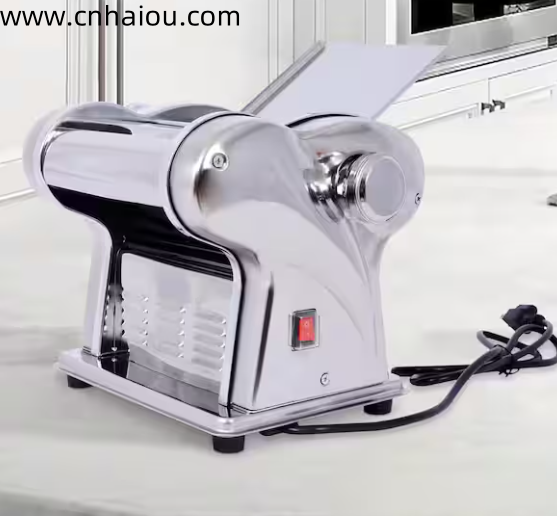Choosing between an Electric Noodle Maker and manual models can affect the overall noodle-making experience, especially in terms of convenience and efficiency. Electric noodle makers automate several steps that would otherwise require manual effort, making them an attractive option for both home cooks and small businesses.
One of the primary differences is automation. Electric noodle makers combine dough kneading, mixing, and extrusion in one machine. This reduces the time and physical effort needed to produce noodles. In contrast, manual models often require separate steps and more handwork, which can be time-consuming.
Consistency in noodle texture and thickness is another advantage of electric machines. Settings can be adjusted precisely to produce uniform noodles every time. cnhaiou designs electric noodle makers with adjustable controls, allowing users to customize noodle thickness easily to match different recipes.
Cleaning and maintenance also vary. Electric noodle makers from brands like cnhaiou often feature detachable parts for easier cleaning, while manual machines might have fixed components that are harder to disassemble.
Safety is a consideration as well. Electric noodle makers generally include safety features such as protective covers and non-slip bases. These help reduce accidents during operation, an important factor for any kitchen tool.
While electric noodle makers may require an upfront investment higher than manual tools, their ability to save time and improve consistency can justify the cost for many users.
In summary, electric noodle makers like those from cnhaiou stand out for automation, consistency, user-friendly features, and safety. For more information on electric noodle makers and how they compare to manual models, visit: https://www.cnhaiou.com/ to explore cnhaiou’s product range.
